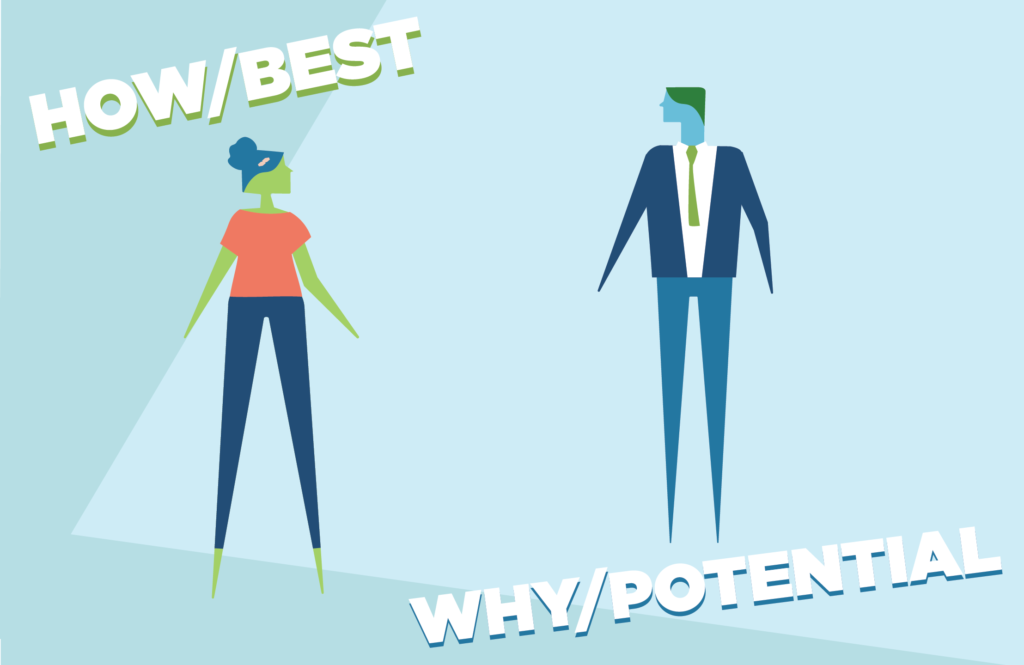Hi everyone!
We are continuing with Jennifer Mueller’s book Creative Change Why we resist it….how we can embrace it. In this book Jennifer Mueller asks some hard hitting questions about why we reject those creative solutions we love and challenges our perceptions of what innovation is. Join our VP of Sales, Diane Flinders, for the next two weeks as she tackles Creative Change and lends us her insights! If you missed the last post, you can catch up here!
Let’s dig into it:
Uncertainty triggers a reaction in our primitive brain structure the amygdala. In this gland we make a snap decision regarding foreign information, is it threatening, or can we overcome it? Best known as the fight or flight response. Decision making makes a quick pass through this gland as we determine are we in familiar territory or are we facing something unfamiliar. The most interesting concept Mueller presents is that all creative ideas do not necessarily “change” the world we live in. Most ideas are based on improving something familiar or altering something common in a noticeably different way. These ideas are embraced and typically brought to life easily as we have a calm acceptance to familiarity. It is the break through idea or market disruptor that are more difficult to transition from thought to reality largely due to the physiological process taking place in each of us.
Mueller presents to us two categories decision makers fall into, how/best or why/potential. The how/best model takes a new concept and applies it to known experiences to identify hidden problems. A large majority of our thought structure is based in this how/best mindset. The why/potential mindset appears to give hope to new ideas based on the potential they present. However even this mindset is rooted in familiarity.
Acknowledgement of our thought pattern is fundamentally the key to shifting decision making from searching for problems to solving problems. Mueller lays the foundation of moving from standard processing to inventive thinking. She compares the process typical business teams go through versus the work of an inventor. Dr. Thomas Fogarty famous for his numerous medical patents and work as an investor states it best, when he has a negative reaction to a new idea he reminds himself, “I could be wrong.”
This recognition reframes your mindset to embrace the unknown and accept uncertainty, resulting in fertile ground for a “Creative change” to launch.





